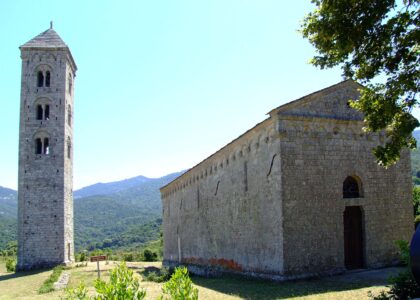Welcome to the Red Rock Line Historical Marker, a site that tells the story of a pivotal moment in Iowa’s history. Located near Eldora, this marker commemorates the Red Rock Line, an invisible boundary that once divided the state of Iowa between Native American lands and territories available for European settlers.
Established in the mid-19th century, the Red Rock Line was born out of the 1842 treaty known as the New Purchase. For a sum of $800,000, the U.S. government acquired approximately 12 million acres from the Sac and Fox tribes. This transaction was part of a broader pattern of land acquisition that saw Native American tribes pushed further westward as settlers moved in. By the spring of 1843, Native Americans were required to vacate the land east of the line, paving the way for European settlers to stake their claims.
As you stand here, imagine a time when this line marked a significant cultural and geographical shift. To the east lay the budding settlements of pioneers, while to the west, Native American tribes were forced to adapt to new territories. The Red Rock Line was not just a boundary; it was a symbol of the changing American landscape, reflecting the often turbulent relationship between Native Americans and European settlers.
Though no grand structures or famous battles took place here, the Red Rock Line is significant for its role in Iowa’s settlement history. It serves as a reminder of the profound changes in land ownership and cultural displacement that characterized American expansion during this period.
While no specific notable figures are directly associated with this exact location, the story of the Red Rock Line reflects broader national movements and policies that involved key historical figures like President James K. Polk and influential Native American leaders who negotiated these treaties.
Over time, as settlers established farms and communities, the line faded into the past, becoming part of Iowa’s rich tapestry of history. Today, the Red Rock Line Historical Marker stands as a testament to these early chapters of American expansion, inviting us to reflect on the complex history that shaped the region.





